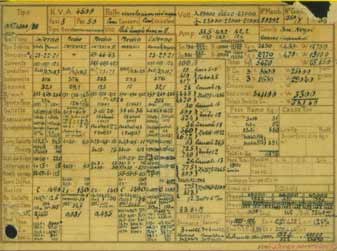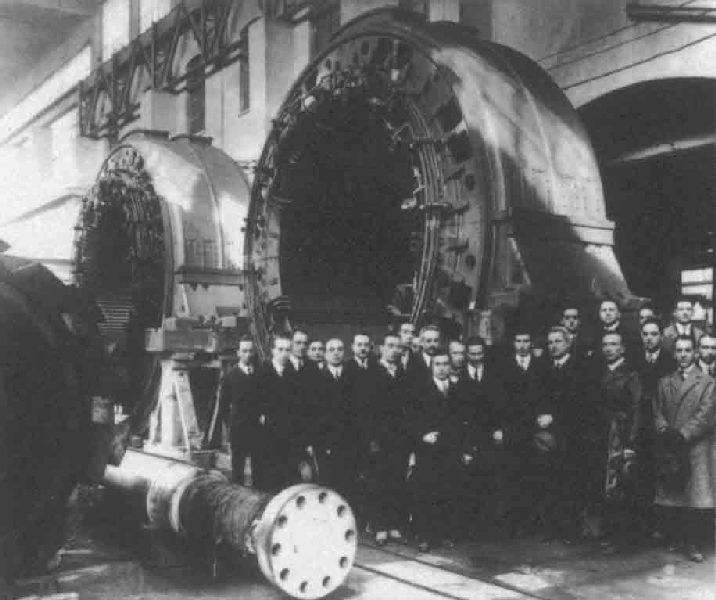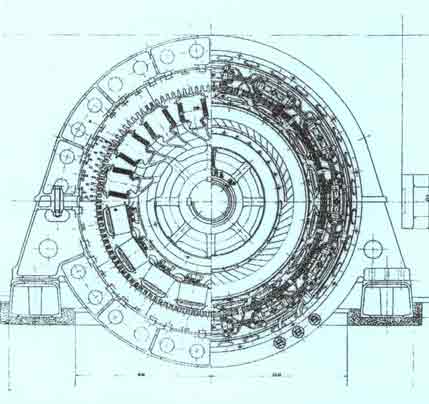The details of its history:
The Società Nazionale delle Officine di Savigliano (SNOS) was established on April 2nd, 1880: the purpose of the company was to construct and repair railway material, metallic bridges, roofs, electric machinery and timber work, in general. The workshops were located in a factory in the municipality of Savigliano, in the province of Cuneo, where stood the loft buildings which previously belonged to the representative company of the Turin-Cuneo railway.
In 1889, after the merger with Società Anonima Italiana Ausiliare, it was transferred to the city of Turin, in the current factory of Corso Mortara. During this period, there were 700 employees.
A few examples of the works carried out by Savigliano SpA are set below:
1882: Planning and installation of the railway bridge on the Po river at Casalmaggiore, 1085 mt long and weighing 2000 tons of steel, for the Parma-Brescia-Iseo railway.
1883: Planning and construction of the legendary Orient Express train.
1884: Planning and construction of 4 sleeping cars ordered by the Belgian Compagnie Internationale des Wagon Lits, example of luxury and technology.
1889: upper two-way bridge, road and railway, at Paderno sull'Adda, which according to Nascè, is the most important Italian monument to the railway architecture of the last century. For the first time the Theory of the ellipse of elasticity was applied, later discussed all over Europe.
First decade of 1900: Construction of the railway bridge accessing the Zurich station; Ujpest Bridge, on the Danube; orders in Greece, Romania, Egypt and Albania.
During this phase, the construction of forced ducts for the production of electric energy was very important. The length of these plants reached 2500 mt and they weighed 1800 tons.
New activities developed during the First World War: construction of internal-combustion engines for ships and airplanes, roofing for airplanes and platforms for airships.
After 1922, year of the massive electrification of the State railways, the company started to construct three-phase locomotives and supplied mechanical companies with electrical equipment. Russia was also interested in the supply of complete locomotives.
The difficult post-war period offered Savigliano the renovation and repair of works, bridges, metallic structures, locomotives, damaged by the bombing raids, or which needed to increase their resistance to the heavier loads used. They developed the production of camp telephones and radios, useful knowledge during the period of radio boom, right after the war.
1928: Construction of the central arcade and roofing of the Central Railway Station of Milan.
1948: Rebuilding of the Mole Antonelliana upper spire, fallen down after the hurricane that hit the City.
Skyscraper Project with Fiorini - Le Corbusier (Link to the foundation), by applying the concept of "tensistruttura", forerunner of the modern skyscrapers.
In 1949, the company built the bridge on the Po river at Piacenza, 5 big rotating cranes at the port of Geneva and alternators of 27 kw for the power station of Mera at Chiavenna.
During the following years the company realised a mega alternator for the AEM of Turin, it designed and constructed the Ciclope tractor, which was a great success in the Italian showrooms.
Fiat became part of its shareholding and brought prestigious works, increasing its customers. The international orders increased, especially for URSS, Portugal, New Zealand, Malaysia, Yugoslavia, Ethiopia, Argentina.
It applied cutting-edge technical solutions to the locomotives by creating the speediest FS model.
During the period between the fifties and the seventies the company was the Italian co-leader in the most important electromechanical, heavy structural and architectural engineering works.
The following decade was characterised by a recession in this field, mainly due to the growing energy crisis, trade-union problems typical of this period and to the more and more increasing aggressiveness of Japanese competitors.
In 1976 the majority share passed on to General Electric/CGE, Ansaldo and Marelli, who entrusted a new management with the task of reconverting the company activities, which was able to come up again with a renewed accuracy on the markets, offering itself with a functional and versatile organisational structure, taking courage from the acquired experience during several years of manufacturing activity and therefore able to meet the special requirements of customers related to services, which production-oriented companies could not take on themselves. Moreover, the country's need in the energy field, after refusing the nuclear power, made the company reconsider alternative sources towards which the SNOS was particularly aware and that were subjects of study and research.
After more than a decade during which the company belonged to an American multinational group, the majority of Savigliano passed to the Fornara Group, which conceived a synergy with other companies of the group in order to create an Energy Pole.
Currently, the specialisations of Savigliano are based on designing and producing electromechinal plants for alternative energies, heavy structural work, overhauling of electric motors and transformers up to 200 MVA, hydraulic plants of different capacities.
Few industrial companies were closely connected to the place of origin like Savigliano SpA; this brings forth a symbolic relation between factory and city whose characteristics offer, in the current years of alienation towards entrepreneuship, elements of consideration. SnoS grew as and remained a company of Turin, unlike other even more prestigious companies, which expanded and changed.
All the original technical and historical documentation of the Company, including the projects of the different realisations from its establishment to 1990 was donated by Savigliano to the State Archives of Turin to be preserved and made available to researchers.
www.multix.it/asto
|




